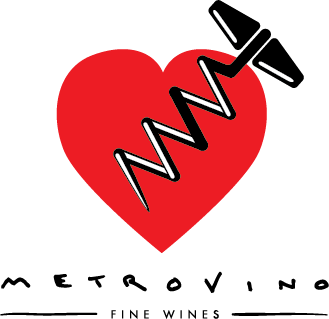Written by Richard Harvey
Tuscany is, in the realm of Italian wine, fairly terra cognita. A great tourist destination for manifest reasons, Tuscany can offer it all; beauty, history, wine, food - all the essentials. Specifically in wine, the superstars of Tuscany these days are Brunello di Montalcino, and the now well established sexy, non-traditional blends that used to be called “Super-Tuscans”.
So who gets the shaft in terms of wine? THE traditional wine of the region, Chianti, gets it and hard. Why such disrespect? Like France’s Beaujolais, the problem is greatly self-inflicted as there’s far too much bullshit Chianti that has crossed too many checkered table cloths. The expanse of Chianti went from the ridiculously (in a good way) quaffable wine for a SpagBol to dignified and complex wines that were all very Gucci. Sadly, in the former category, bad wine was more common than good, and the region was tarred with a reputation for feeble, soul-less wines.
I remember the first Florentine restaurant that opened in Vancouver in the early 1980’s. Elegantly attired waiters swirled around tables laid with crisp white linen tablecloths, top-drawer glassware and refined Tuscan food. No Sam Peckinpah bloodbaths of tomato sauce, no masses of pasta that made the diner feel like a goose undergoing gavage. Hell, you could take a date there and not have to face them across the table wearing your napkin tucked under your neck like an overgrown infant. This was Tuscan eating, not simply Italian.
Sure, I’m old and that was then and this is now. Y’all now know that Italians do couture better than the French, and that in food terms, Florentine classics can out-class the best tucker from a Parisian kitchen. You know equally well that Brunello is the hot commodity, and that if a Tuscan wine has “aia” at the end, it’s the cat’s pyjamas (??).
But I love good traditional Chianti. In situ, under a pergola of vines in Tuscany, I’ll happily consume a simple, chilled Chianti with a proscuitto sandwich. Perfetto!
But when I want to up my game, when I get out a fat veal chop and want to do an elegant dinner, I’ll reach for at least a solid, estate-produced Chianti. It doesn’t HAVE to be of the Riserva level, but a good example from (especially) the sub-district known as Rufina offers great character and far more than simple quaffability.
Marchesi Gondi is a long-time favourite producer from the Rufina region. They have covered all the tiers, from their friendly and yet quite intriguing “San Giuliano” to the Villa Bossi Riserva. The Chianti Rufina sub-district has the reputation of making wines of elegance and finesse (again, very stylish) and these two strut their stuff with class. I love Sangiovese as a grape variety, and nobody does it as well as the Tuscans.
The Gondi family (who only showed up at the property in 1592) have settled in nicely, in a classic Tuscany fashion; beautiful villa, olive groves and vines. Apparently, it sucks to be a Gondi.
However, lest I be accused of the Italian version of lèse-majesté, I must say that I do accept and even celebrate the success that the Tuscans have long displayed with wines from red grapes other than Sangiovese. Again, Gondi gets it right.
Their “Mazzaferrata” (a “mace” or medieval weapon that forms part of their family coat-of-arms) would gladden the hearts of even the most vicious member of the murderous Borgia clan. A finely crafted Cabernet Sauvignon, Mazzaferrata happily does not self-indulge in the “super Tuscan” propensity to $$$.
Rome may have the cinematic prowess and more hot, southern romance, but Tuscany rules with its grace, charm and elegance. Try to let Chianti beguile you with these same qualities, and banish forever the candle-wax covered “fiasco” bottles and checkered tablecloths of generic “Italian” culture. Tuscany is satisfying, cultured and attractive. Sounds like la Dolce Vità, no?






